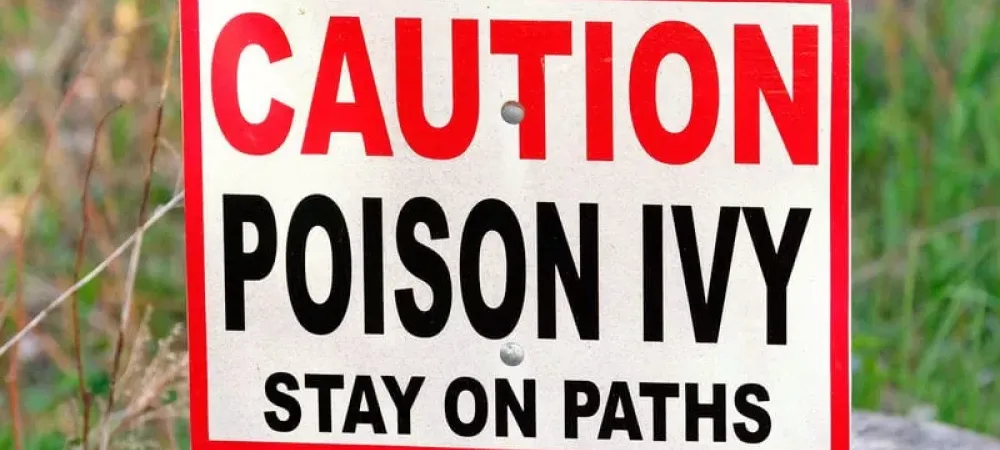Poisonous Plants To Avoid in Georgia

Here in Georgia, we don’t just have to worry about dangerous pests in our yard. We also have dangerous plants. Poison Ivy and its cousin Poison Oak are both names that trigger fear in the hearts of homeowners. If you have wooded or overgrown areas in your yard, you could be harboring these dangerous plants. Every homeowner should be able to identify poison ivy because that is the key to avoiding getting its painful allergic reaction.
How Many Leaves?
The trick to remembering what poison ivy and poison oak look like is looking at how many leaves it has. Poison ivy and poison oak both have a central leaf with two shoots off to the side. Depending on the season, the stamps can either be green or red. Both poison ivy and oak can grow as a vine or a shrub. Remember the old saying, “leaves of three, let it be.”
Poison Sumac
Poison sumac is another plant with dangerous levels of urushiol lurking on its leaves. Poison sumac grows as a woody-stemmed tree that can grow up to twenty feet tall and resembles other sumac trees. The only difference visibly is, poison sumac has clusters of grayish-white berries instead of greenish-white summer flowers. Poison sumac grows exclusively in wet areas such as swamps and peat bogs.
Allergic Reactions
The thing poison ivy and oak are most famous for is the allergic reaction people get when they come into contact with it. Poison ivy, oak, and poison sumac all contain a chemical called urushiol that can fuse to the skin in less than a half-hour. Urushiol causes a severe allergic reaction of itchy rashes and blisters that can take weeks to go away. You can get urushiol from more than just the plant itself. Anything that has come into contact with the plant is now contaminated. That includes tools, clothing, and even pets.
Inhaling Urushiol
After clearing out brush areas or cutting down a dead tree, many of us like to dispose of the tree by burning it and making an occasion out of it. But even if you have removed all of the poison ivy plants from the logs, urushiol can still remain on the bark. Once airborne, urushiol can be inhaled, sending the allergic reaction down your throat and into your lungs. This can be a very painful experience, and the swelling could constrict airways and cause difficulty breathing. If this happens, seek immediate medical attention.
Proper Disposal of Poison Ivy
Once the dangerous plant has been properly identified, you should make a plan to get rid of it immediately before someone else stumbles upon it. If you are having trouble identifying poison ivy, you can download the iNaturalist app, which can identify thousands of plants and insects just by taking a picture of it.
Always wear protective clothing when dealing with anything containing urushiol. That means long sleeves, long pants, and gloves. After you are geared up, all you need is some weed killer, and apply it on the poison ivy, oak, or sumac. After a week, the plant should be dead but should still be treated like it’s just as dangerous. Urushiol can remain on the bark of trees for months or even years. After disposing of poison ivy, wash everything from your clothes to your tools with soap and water and take a shower to ensure no urushiol got on you.
Hire The Pest Experts at Environmental Turf Management
Poison ivy and poison oak are nuisance weeds that can cause homeowners big problems.
At Environmental Turf Management, we want you and your family to stay safe from dangerous plants like these. With our year-long Loganville lawn care program and weed control program, you can be sure weeds like this will never pop up in your yard.
Give us a call at (770) 467-3851 for more information on how to get started. You can also request an easy quote here. For more monthly tips on all things lawn care, check out our blog, and follow us on Facebook and Twitter for our current deals and news.



